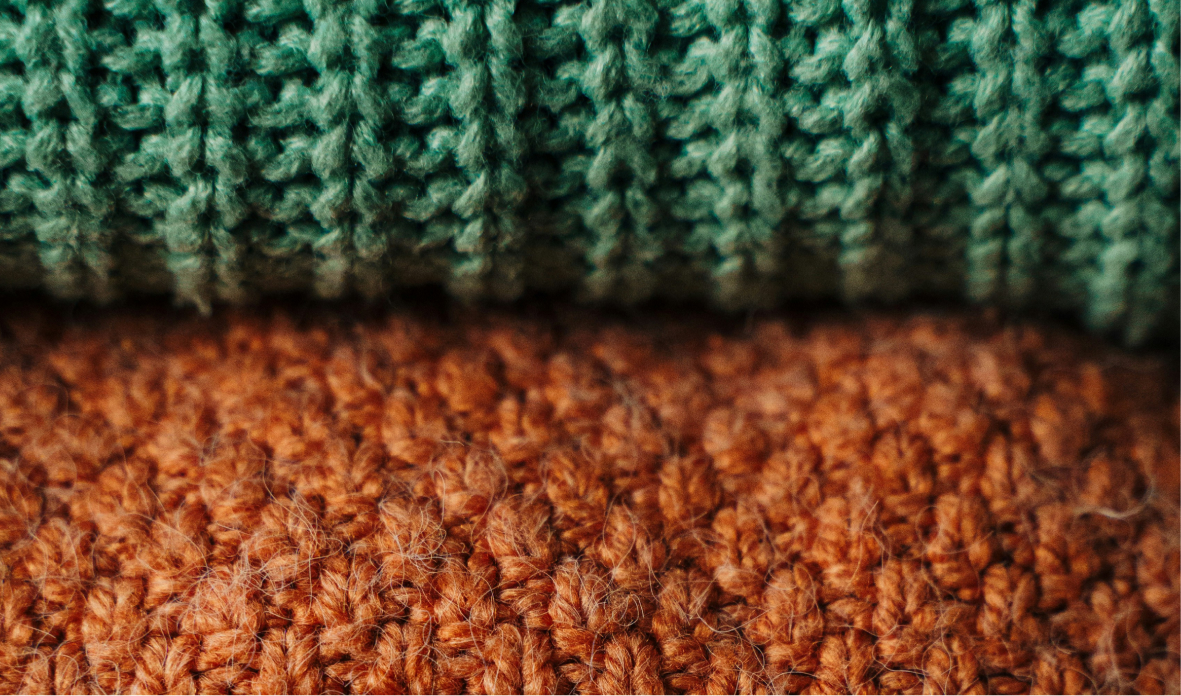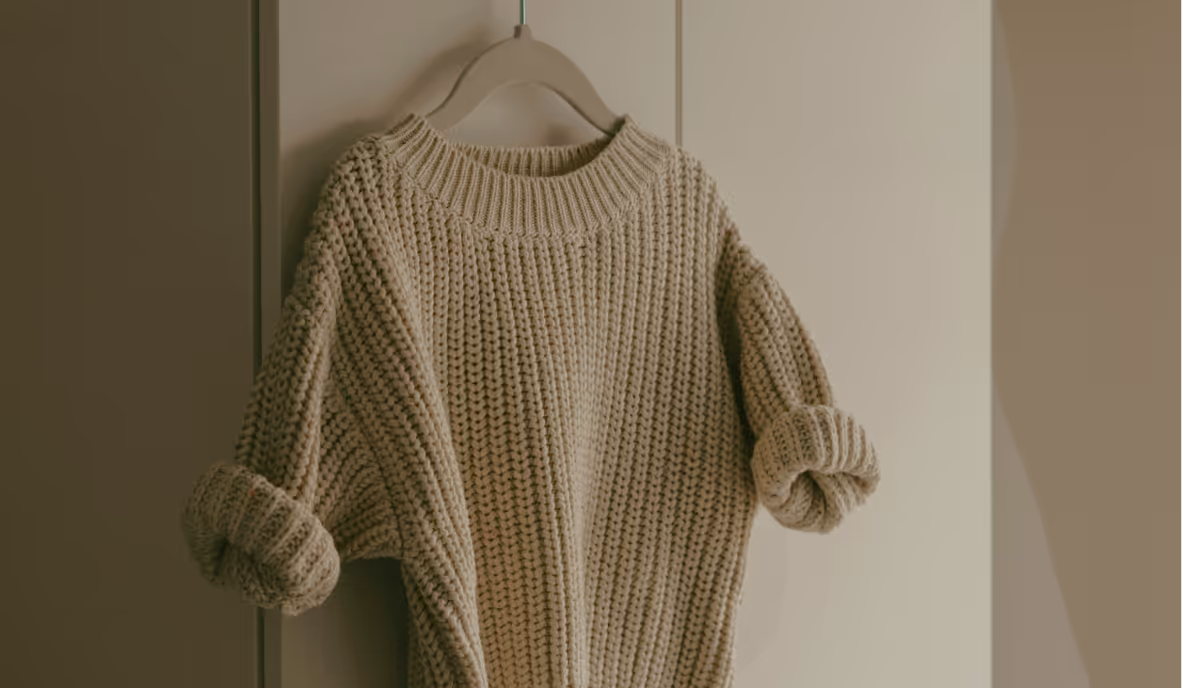The Buy-Now, Pay-Later Epidemic

Join the community





If you’re anything like me, you’ve been entranced by the Buy Now, Pay Later button that seems to always be available during an online checkout. Personally, I’ve never clicked it. It feels like a too-good-to-be-true trap. But is it?
30% of Americans have clicked the BNPL button, according to surveying by Bankrate. Among that 30%, a fourth of shoppers admit that it’s prompted them to “overspend.” This has been part of fear of Afterpay, but my biggest roadblock is the question, What’s the catch? If it’s really an interest-free loan, how are you making money off of me?
The simple answer is late fees. Even though programs like Klarna and Affirm are interest-free, they aren’t fee-free. As soon as you miss one of your payments, it begins to add up. Plus, late fees aren’t the only danger. BNPL services continue to do the work of large credit card companies, normalizing a life where you never quite catch up with your own spending, sometimes to devastating consequences.
“Using banking data for 10.6 million U.S. consumers,” Stanford researchers found “that new BNPL users experience rapid increases in overdraft charges and credit card interest and fees, as compared to non-users.”
But the simple answer isn’t the complete picture. BNPL services aren’t really there to help you out, they’re there to serve retailers. In fact, 75% of Afterpay’s revenue comes from merchant fees: retailers paying Afterpay to make BNPL available to their customers.
Why do merchants pay for the service? Because customers are bound to buy more when they’re sold the fantasy of paying less. While this may be disheartening, it probably doesn’t surprise you. This is the same model that led to layaways and credit cards. It’s capitalism.
Capitalism also affects the way these brands market: by following trends. And alongside the growth of I’m just a girl and girl math on social media, BNPL companies began to brand themselves as cuter, girlier ways to spend. This is what Annie Joy Williams writes about in her piece for the Atlantic, The Rise of ‘Cute Debt.’ After hearing a Cash App ad that claimed, “little payments are so much cuter,” Williams dove into the gendered market of BNPL services.
Despite the fact that men are more likely to carry debt, women are more likely to use BNPL services, according to a study by the Federal Reserve Bank of Boston. The marketing works.
BNPL apps are lucky, they get to squeeze right in an existing market that sells women the fantasy of overconsumption. They don’t have to convince you to buy more, they just have to offer you a convenient method of doing it.
Okay, this is my personal opinion, but we live in an economic hellscape. Our material conditions are engineered to give us the worst possible experience right now, of course in favor of these giant financial institutions. In the past year, I’ve written op-eds for Commons about convenience culture, celebrity sponsorships, industry propaganda, the attention economy, and pop consumerism. Unfortunately, all of these systems feed into one another.
It’s incredibly difficult to find a high paying job, and now, many junior white-collar positions are being replaced with AI. The cost of living just keeps going up, even though wages stay relatively stagnant. Our media lauds “hustle culture,” leaving little time for hobbies or community bonding. Then, because of our time poverty, we’re in a constant rush, preferring same-day shipping over borrowing from a friend.
We shop to fill the void left by how depressing this all is. We shop because we feel like there’s no use saving when we never expect to be able to buy a house or a car. We shop to curate an identity because social media convinces us that you are your possessions. And we shop because we’re bored out of our minds without access to nature-based hobbies or free community activities.
I’ll end this piece the same way I end most of my op-eds: by saying it’s not your fault. These are faulty systems, systems that spend billions to keep you feeling stuck in negative cycles. So if you’re in debt from a shopping addiction or feel like you’re drowning in stuff, guilt isn’t going to be the productive emotion here.
While this all feels wildly grim, I haven’t lost hope, and I don’t think you should either. This whole mess is what Commons is built for. It’s an app that helps you set savings goals, track no-buy streaks, and act collectively to resist the world of mindless consumption. And, of course, it’s free (with no ads). If you haven’t, give it a try!










.png)


